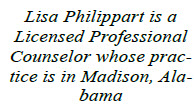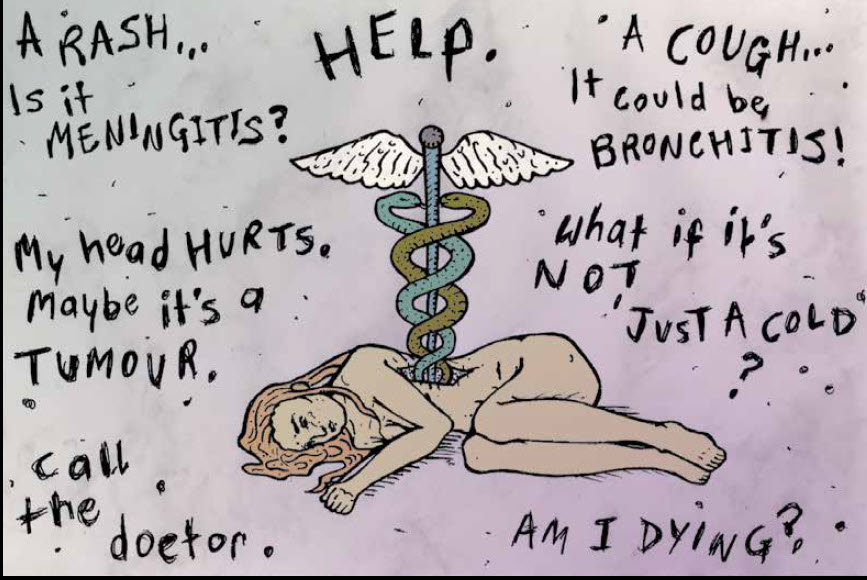In my previous article, we discussed the process of dealing with health information through information seeking, evaluating, and asking questions. In this article we will look at a new way of operating to manage health anxiety. The old health anxiety model represents a vicious cycle where the things that you think and do actually increase the amount you worry about regarding your health, and the frequency and intensity of physical sensations you experience. The good thing about a cycle is that you can change it from a negative to a more positive one.
In the new way of operating, we still begin with the internal or external triggers that create the health anxiety. These triggers activate our unhelpful health rules and assumptions. But instead of leading us down that negative path, we can adjust our thinking by asking questions — Where did this thought come from and why is it still here? What impact does it have on my life? How is this thought unreasonable or unrealistic? What would be an alternative assumption?” Next, let go of the focus on health symptoms and worries. Practice attention exercises such as doing a mundane task, focusing on mindfulness or meditation exercises, or using apps that guide your positive self-talk and imagery. You can also use postponement to delay any further focusing on health issues until a later time or day, the “worry period.
 Now reevaluate your unhelpful health-related thoughts. If you are still worrying after the “worry period” ends, use a diary, either written or on your phone, to directly challenge the worries. For example, if you felt your heart racing earlier, you could document what you have done since then. Have you exercised or walked the dog, which would disprove that you were having a heart attack? The next step is to reduce checking and reassurance seeking. Again, you can ask questions such as: How helpful is my checking and rechecking, especially if nothing changes or I feel better? Can I decrease the checking, postpone, or eliminate it? For example, if you are continuously checking your heart rate, what could I do instead? Then test out this new behavior.
Now reevaluate your unhelpful health-related thoughts. If you are still worrying after the “worry period” ends, use a diary, either written or on your phone, to directly challenge the worries. For example, if you felt your heart racing earlier, you could document what you have done since then. Have you exercised or walked the dog, which would disprove that you were having a heart attack? The next step is to reduce checking and reassurance seeking. Again, you can ask questions such as: How helpful is my checking and rechecking, especially if nothing changes or I feel better? Can I decrease the checking, postpone, or eliminate it? For example, if you are continuously checking your heart rate, what could I do instead? Then test out this new behavior.
 And lastly, work on reducing avoidance and safety behaviors. You can gradually start confronting feared thoughts, people, places, and activities. Be aware of and try to slowly decrease safety behaviors. For example, if you have chosen not to go shopping for fear of having heart issues, you could talk through some of your options, such as going when there are fewer people or making a list to only pick up a few items. I realize that initially there may be an increase in anxiety, discomfort, and uncertainty. But the long-term consequences far outweigh these temporary feelings. The hope is that you will develop less worry and concern about current symptoms leading to less chance of creating new symptoms. Less checking behaviors will lead to more opportunities and confidence in your ability to be able to respond appropriately to future health issues that may arise.
And lastly, work on reducing avoidance and safety behaviors. You can gradually start confronting feared thoughts, people, places, and activities. Be aware of and try to slowly decrease safety behaviors. For example, if you have chosen not to go shopping for fear of having heart issues, you could talk through some of your options, such as going when there are fewer people or making a list to only pick up a few items. I realize that initially there may be an increase in anxiety, discomfort, and uncertainty. But the long-term consequences far outweigh these temporary feelings. The hope is that you will develop less worry and concern about current symptoms leading to less chance of creating new symptoms. Less checking behaviors will lead to more opportunities and confidence in your ability to be able to respond appropriately to future health issues that may arise.
The long-term goals are improved relationships and more time for other important or enjoyable activities. The key is to keep using the above strategies, which will more likely lead to reversing that old cycle of health anxiety.
By: Lisa Philippart
Licensed Professional Counselor







